On August 24, 1944, the “Nueve”, a battalion of Spanish Republicans from the 9th company of the 2nd Armored Division, were the first to enter Paris to liberate the capital.
This year, the City of Paris celebrated the 77th anniversary of this event at the Town Hall in the Jardin des Combatants de la Nueve. Anne Hidalgo was present alongside Félix Bolaños and Fernando Martínez López, representatives of the Spanish government.
Ariel Weil, mayor of Paris Center was the first to speak, followed by Mme Véronique Salou who represented the association “August 24, 1944. Mmes Mar y Luz Cariño Lopes, Marie José Cortés, daughters of member of the Nueve, just like Carmen Blanc paid tribute to Colette Flandrin Dronne, daughter of the liberator of Paris, who passed away last March at the age of 84.
The city of Paris paid tribute to the liberators of the capital, 60 years later when they had fallen into oblivion. On August 25, 2004, Bertrand Delanoë placed on Quai Henri IV (75004) a plaque “To the Spanish Republicans, main component of the Dronne column”. The President of the Spanish Senate, Francisco Javier Rojo, the Spanish Ambassador, Francisco Villar, and two survivors, Luis Royo Ibañez and Manuel Fernandez were present. Similar plaques can be found in Square Gustave-Mesreur (place Pinel, Paris 13e) and in the center of Place Nationale (Paris 13e).
On February 24, 2010, the City of Paris awarded the Grand Medal of Vermeil to the survivors of the company: Manuel Fernandez, Luis Royo Ibañez and Raphaël Gomez.
In 2015, in Paris, the Hôtel de Ville garden was renamed the “Jardin des Combattants de la” Nueve “.
History of the “Nueve”
“La Nuève” (9 in Spanish) is the name of the 9th company of the Chadian marching regiment. This battalion was part of the 2nd Armored Division or Leclerc Division. This company enlisted 160 men including 146 Spanish Republicans but also French soldiers, under French command.
The Spanish fighters had fled their country following the accession of Franco in 1939. They joined North Africa and the French Forces after the allied landings in November 1942. From 1942, they fought the Africa Korp in Tunisia . The French Raymond Dronne and the Spanish Amado Grannell take the head of the company which had integrated the 2nd Armored Division.
The tricolor flag of the second Spanish republic is chosen in honor of the combatants (anarchists, socialists or communists ..). Their armored vehicles bear names reminiscent of the Spanish Civil War: “Madrid”, “Guernica”, “Teruel”, “Ebro”, etc.
The battles of the “Nueve”
Before liberating Paris on August 24, 1944, the “Nueve” took part in the Battle of Normandy. She had landed on Utah Beach on the night of July 31 to August 1. She distinguished herself in battles against the Waffen-SS divisions Adolph Hitler and Das Reich.
The “Nueve” returned to combat in September 1944. On the 12th, in Andelot (52), it took 300 German prisoners. On the 15th, it crossed the Moselle and established a bridgehead. In Nancy, on September 26, General de Gaulle, presents decorations to Captain Dronne and several Spanish officers and NCOs. On November 23, the “Nueve” participates in the liberation of Strasbourg, the last great French city to be freed. We find the company for the end of the fighting in Germany. On May 5, 1945, she participated in the capture of Hitler’s “Eagle’s Nest” in Berchtesgaden. There are only 16 Spanish fighters left, they were 146 when they arrived in Normandy.
Liberation of Paris
The liberation of Paris by the “Resistance” began on August 19, 1944 with a popular uprising.
The general strike becomes general on August 18 after the Metro, the gendarmerie (August 13), the police (August 15), the post office (August 16). Barricades, ambushes and battles were waged against the occupier, at their head, Rol-Tanguy and Chaban-Delmas. The prefecture fell on August 19 and the insurgents controlled nearly a third of the city on the 23rd. It was then that the Allies decided to liberate Paris under the command of the Americans. On the 24th, General Leclerc at the head of the 2nd Armored Division, entered Paris through the Porte d’Orléans. The next day, the Nazis surrendered.
The 160 men of the “Nueve” were the first to enter the capital on the evening of the 24th. They then reached the Town Hall, preceded by 3 tanks of the 501st RCC, “Montmirail”, “Champaubert” and “Romilly” , and elements of engineering. The Spanish half-tracks including “Teruel”, “Guadalajara”, or “Belchite” were the first in front of the Town Hall.
A museum in honor of the liberation of Paris
The Paris Liberation Museum, General Leclerc Museum, Jean Moulin Museum, was inaugurated on August 25, 2019, on the occasion of the 75th anniversary of the Liberation of Paris.
This museum sits on Place Denfert-Rochereau (75014). Its purpose is to pass the story on to all audiences. It is devoted to 2 figures of the Second World War, Philippe Leclerc de Hauteclocque and Jean Moulin. It is also the site of the history of the Liberation of Paris. We also visit the command post of Colonel Rol-Tanguy, head of the French Interior Forces in the Paris region, 20 meters underground during the week of the Liberation of Paris.
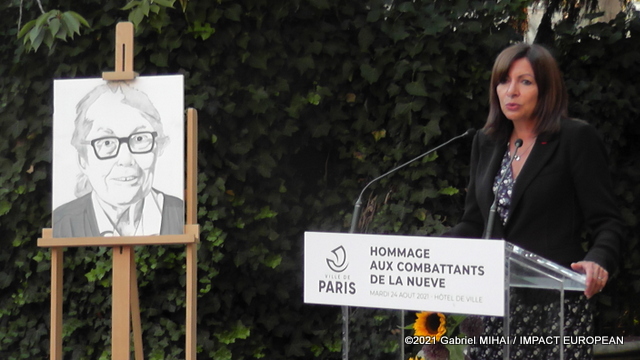
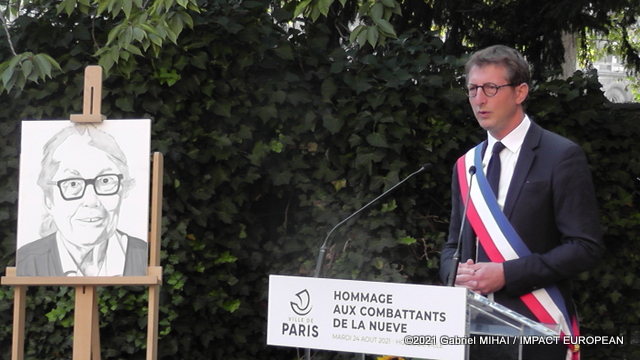
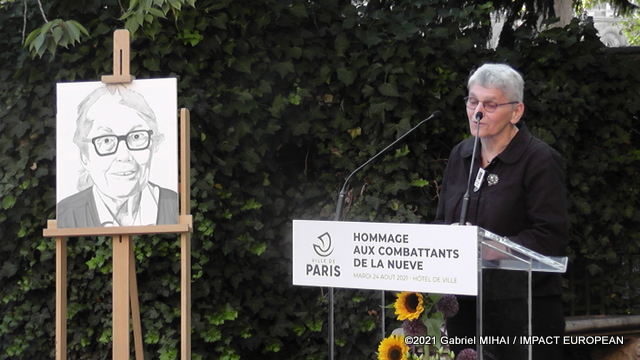
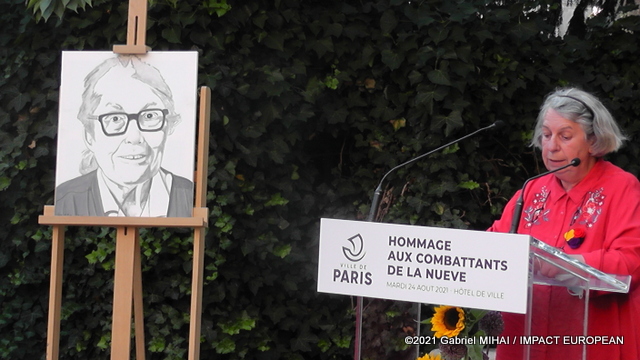
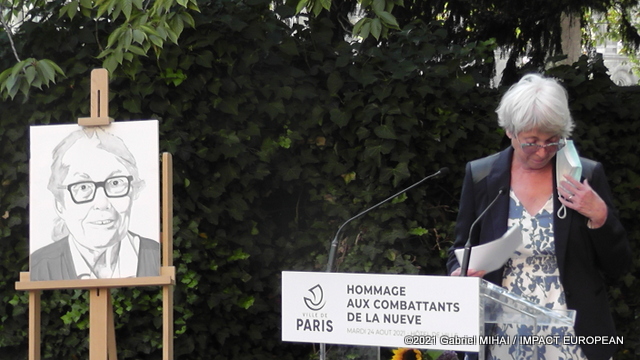
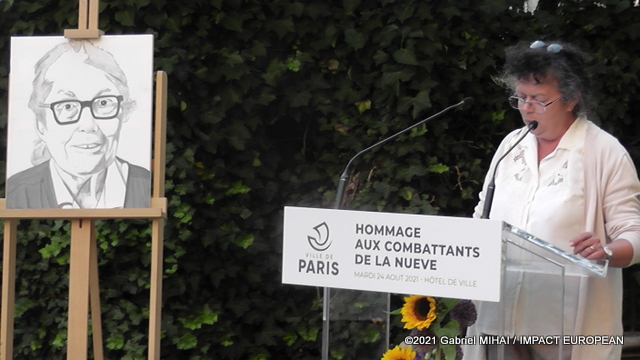
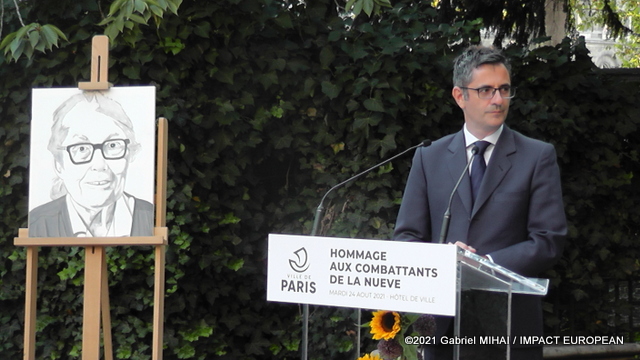
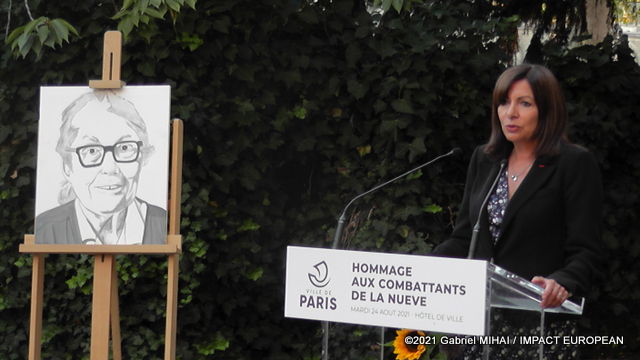
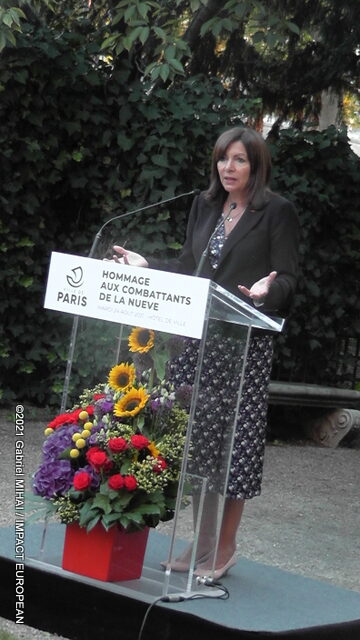
More Stories
METAL D’ALCOVE, the workshop of Eric KATZ, lighting sculptor in Montmartre
Paris Marathon 2024: Victory for Ethiopians at the Paris marathon
Gelsomina